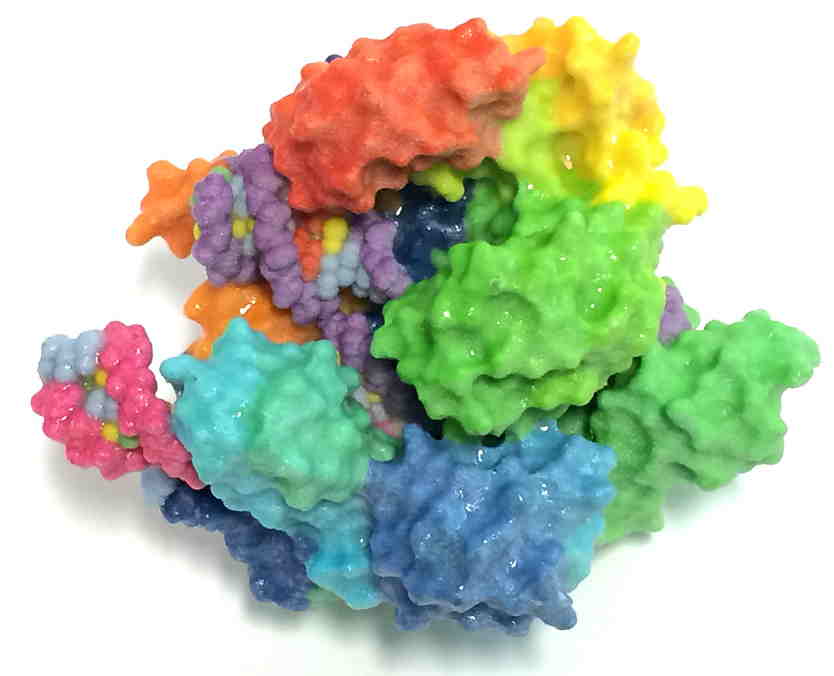First gene-editing treatment injected into the blood reduces toxic protein for up to 1 year
By Jocelyn Kaiser,
Science
| 03. 01. 2022
Cas9 from CRISPR from NIH, CC BY-NC 2.0
The first team to disable a disease gene directly in a person through an infusion of the genome editor CRISPR reported yesterday that levels of the toxic protein made by the gene dropped as much as 93% for up to 1 year. The researchers hope the long-term reduction means patients in the clinical trial will soon show clear improvement in their nerve symptoms and that these benefits will persist for an extended period.
“It is quite remarkable that this first [intravenous] CRISPR-based gene-editing effort has been so successful,” says gene therapy researcher Terence Flotte of the University of Massachusetts Medical School, who was not involved with the study. “This demonstrates great potential for the power of this platform clinically.”
People who have inherited a gene mutation responsible for a condition known as transthyretin (TTR) amyloidosis can develop nerve pain, numbness, and heart failure as adults. The genetic defect results in buildup in nerves and organs of a misfolded version of TTR, a protein made by the liver. Last year, the companies...
Related Articles
By Aisha Down, The Guardian | 11.10.2025
It has been an excellent year for neurotech, if you ignore the people funding it. In August, a tiny brain implant successfully decoded the inner speech of paralysis patients. In October, an eye implant restored sight to patients who had...
By Jessica Hamzelou, MIT Technology Review | 11.07.2025
This week, we heard that Tom Brady had his dog cloned. The former quarterback revealed that his Junie is actually a clone of Lua, a pit bull mix that died in 2023.
Brady’s announcement follows those of celebrities like Paris...
By Heidi Ledford, Nature | 10.31.2025
Late last year, dozens of researchers spanning thousands of miles banded together in a race to save one baby boy’s life. The result was a world first: a cutting-edge gene-editing therapy fashioned for a single person, and produced in...
By Lauran Neergaard, AP News | 11.03.2025
WASHINGTON (AP) — The first clinical trial is getting underway to see if transplanting pig kidneys into people might really save lives.
United Therapeutics, a producer of gene-edited pig kidneys, announced Monday that the study’s initial transplant was performed successfully...




